Dogs
5 Best Breeds For Apartment Living

5 Best Breeds For Apartment Living
Many people believe that it is not possible to have a dog in an apartment. However, this is not necessarily true.
While it is true that some dogs require a lot of space to run and play, there are many breeds that do well in small spaces. For example, Toy Poodles, Shih Tzus, and Terriers are all breeds that thrived in apartments.
In addition, there are a number of things that you can do to make sure your dog has enough exercise, such as playing fetch in a small park or going for walks around the block. With a little bit of planning, it is entirely possible to have a happy and healthy dog in an apartment.
If you are looking for a dog to fit your apartment dwelling lifestyle, here are some breeds suitable for smaller spaces.
Pug
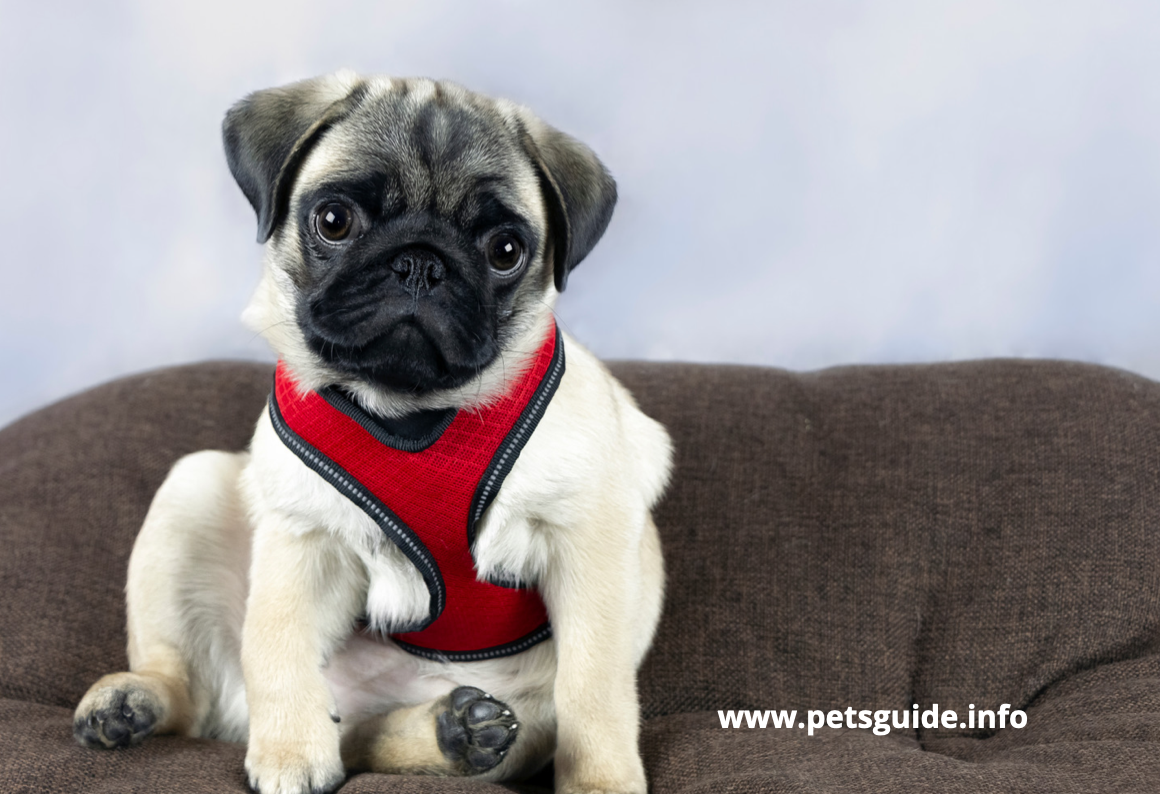
The Pug is a small, dwarf breed of dog with a wrinkled, short-muzzled face, and curled-up tail. Pugs are recognized by the American Kennel Club and classified as a toy dog breed.
A Pug’s coat is usually fawn or black, but can also be apricot or silver. Pugs are bred to be companions and do not need much exercise; however, they enjoy going on long walks and playing games.
They are good watchdogs because of their loud barking. Pugs tend to snore, drool, and wheeze due to their short muzzles. They belong to a category of dogs called brachycephalic breeds, which include others like Boxers, French Bulldogs, and Shih Tzus.
Pugs are intelligent, loving dogs that make great companions for people of all ages.
Toy Poodle
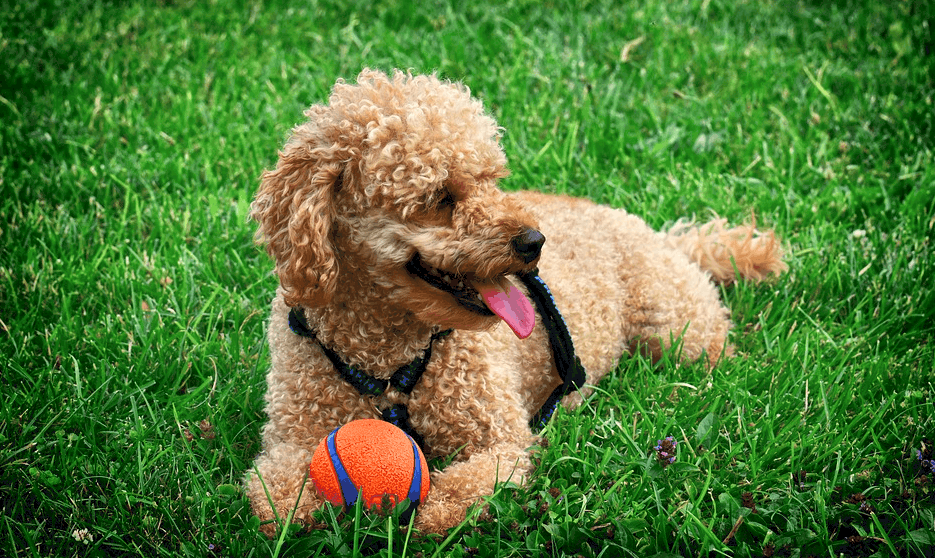
The Toy Poodle is the smaller version of the original Standard Poodle. Contrary to their often fancy hairstyles and collars, Poodles are athletic, intelligent dogs that were originally trained to hunt waterfowl.
As a bonus, all Poodles are classed as hypoallergenic dogs, together with other breeds like Miniature Schnauzers and some Terriers.
According to the Asthma and Allergy Foundation of America, as many as 30% of Americans are allergic to dogs. However, that doesn’t mean you have to miss out on the joys of dog ownership.
Of course, no dog is completely hypoallergenic. But by choosing a low-shedding breed and maintaining regular grooming habits, you can greatly reduce your risk of allergic reactions.
Maltese
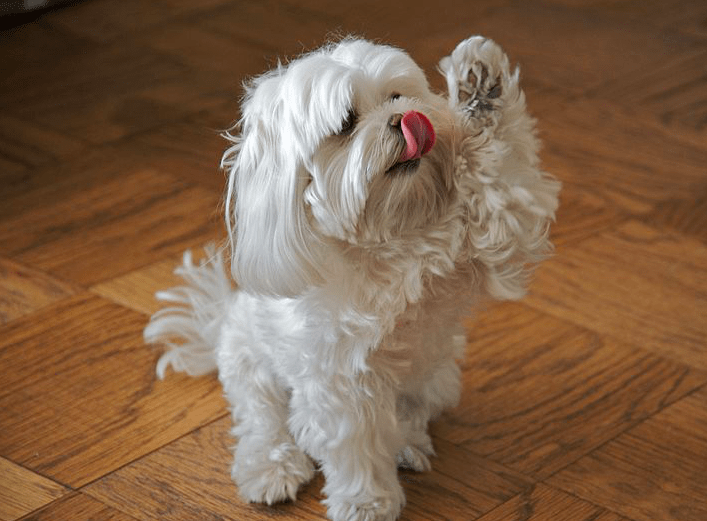
The Maltese is a small, pure white dog with silky hair. It is intelligent and fearless and has a playful and affectionate personality. The Maltese is believed to have originated in Malta, an island nation in the Mediterranean Sea.
Historical records show that the Maltese is a popular pet among the wealthy and nobility of ancient Greece and Rome. The breed later spread to other parts of Europe, and eventually made its way to America. Today, the Maltese is one of the most popular breeds of toy dogs, and its gentle disposition makes it a great choice for families with children.
Shih Tzu
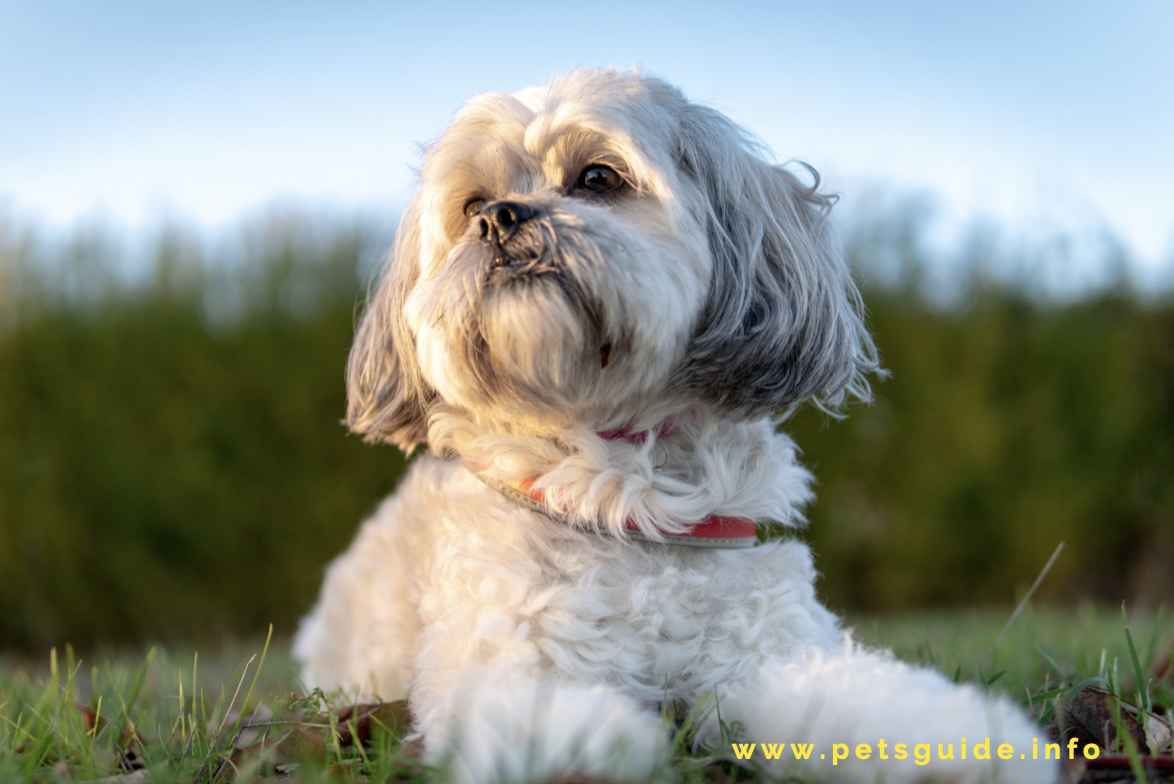
These pint-sized pups are ideal companions for apartment dwellers for a number of reasons. First, they don’t need a lot of exercise, so a few short walks around the block will suffice. Second, they’re relatively quiet, so you won’t have to worry about disturbing your neighbors.
Third, they’re content to cuddle on the couch, which means they won’t require a lot of space to run around. And fourth, they’re hypoallergenic, so even if you have allergies, you can still enjoy their company.
Miniature Schnauzer
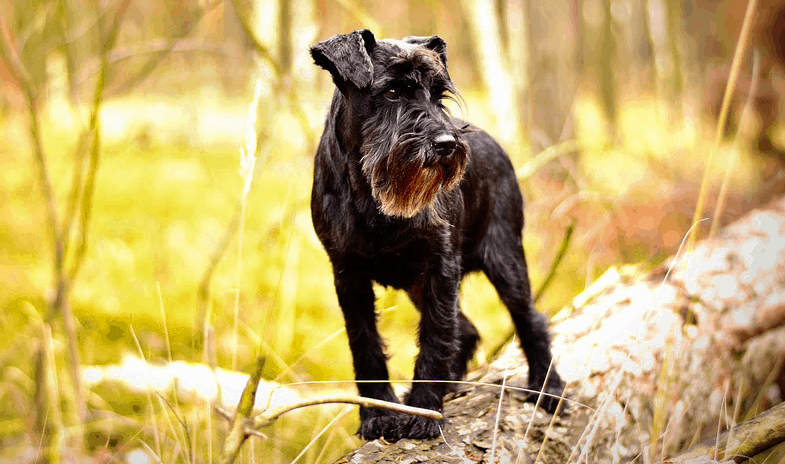
Originally bred in Germany to hunt vermin, these tireless little dogs still have a strong prey drive and love to play games of fetch. They are also quick learners, making them excellent candidates for obedience training.
But what Mini Schnauzers are perhaps best known for is their loyalty to their families. These dogs form strong bonds with their human companions and are always ready to lend a furry shoulder to cry on.
Final Thoughts
More and more people are choosing to live in apartments, and many of them are wondering if they can bring their furry friends along.
The good news is that dogs can absolutely live in apartments! While some breeds may need more exercise than others, all dogs can adapt to apartment living with a little effort.
The key is to make sure that your dog gets plenty of exercise and mental stimulation.
Take them on long walks or runs, play fetch in the park, and try to avoid leaving them home alone for too long. With a little effort, you and your dog can enjoy a happy life together in your apartment.
Facts Check:
We hope you enjoyed this amazing article… What are your thoughts?
Feels free to share this article!
We make it our mission to give animal lovers the most up-to-date and accurate information possible while maintaining our commitment to justice.
Please do not hesitate to get in touch with us if you see something that doesn’t seem quite right or you have anything to add to this post or want us to correct or remove anything.
If you are interested in advertising with us. Please get in touch with us!
Dogs
Furry Frolics: Unleashing the Joys of Fall with Your Dog
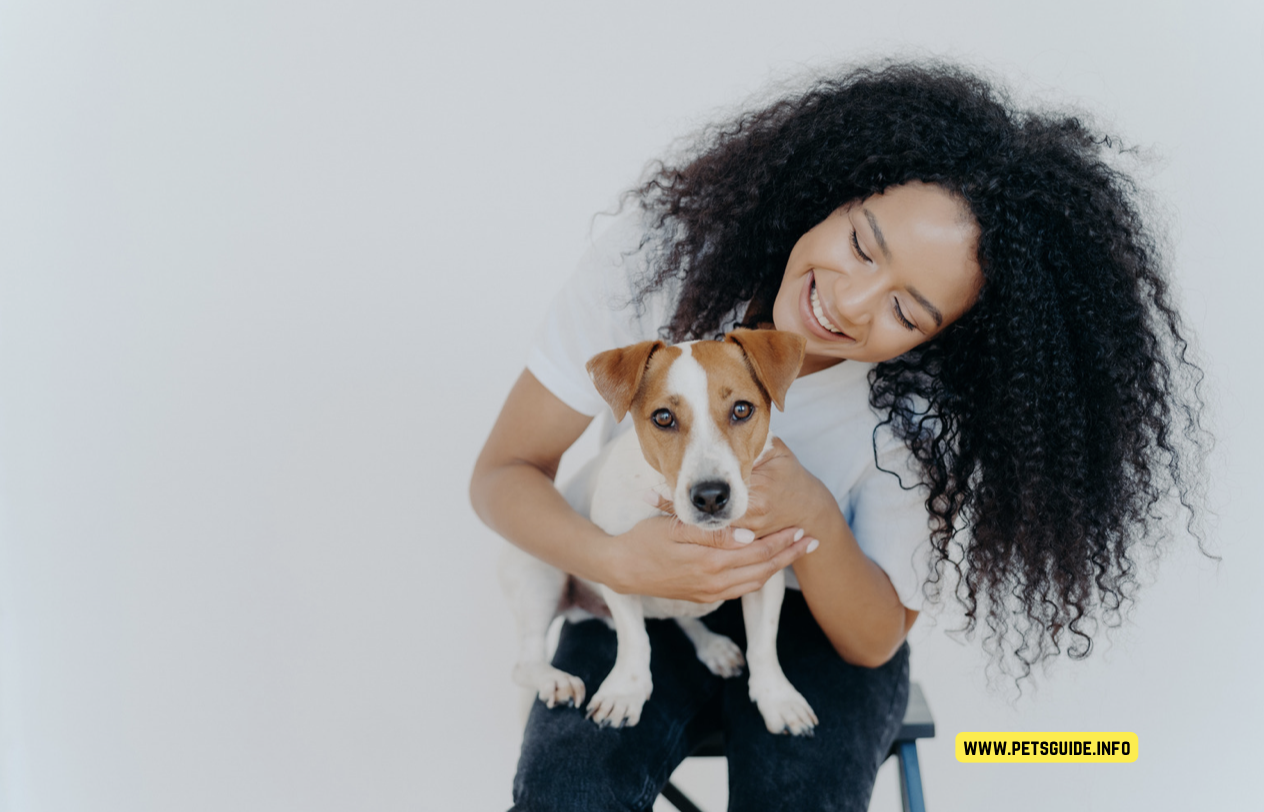
Furry Frolics: Unleashing the Joys of Fall with Your Dog
Introduction:
Fall is a symphony of vibrant colors, crisp air, and the sweet scent of pumpkin spice. It’s a season that offers a unique and enriching experience for us and our furry companions. Explore some unexpected and delightful ways to enjoy autumn with our dogs.
1. Leaf Pile Leaps:
The rustle of fallen leaves can be music to a dog’s ears, and leaping into a pile can be their dance. Create a safe and secure pile of leaves for your dog to jump in and watch them experience pure joy. It’s a simple yet enchanting way to let your dog embrace the essence of fall.
2. Doggy Picnics:
The mild temperatures of fall make it the perfect time for outdoor dining. Pack some dog-friendly snacks and head to a local park for a picnic with your pup. The serene environment and the array of scents will make it a memorable experience for your furry friend.
3. Autumnal Art:
Believe it or not, dogs can enjoy art, too! Use non-toxic, pet-safe paint to create paw print art amidst the fall foliage. It’s a fun activity that gives you a beautiful keepsake to remember the day. Hey, maybe you might even get a celebrity artist along the way.
4. Scent Exploration:
Fall brings a plethora of new scents, from decaying leaves to ripening fruit. Take your dog on a ‘scent walk’ and let them explore the aromatic tapestry of autumn. It’s a sensory adventure that stimulates and enriches your dog’s mind.
5. Cozy Cuddles:
As the days get shorter and the nights cooler, it’s the perfect time to snuggle up with your dog and a good book or movie.
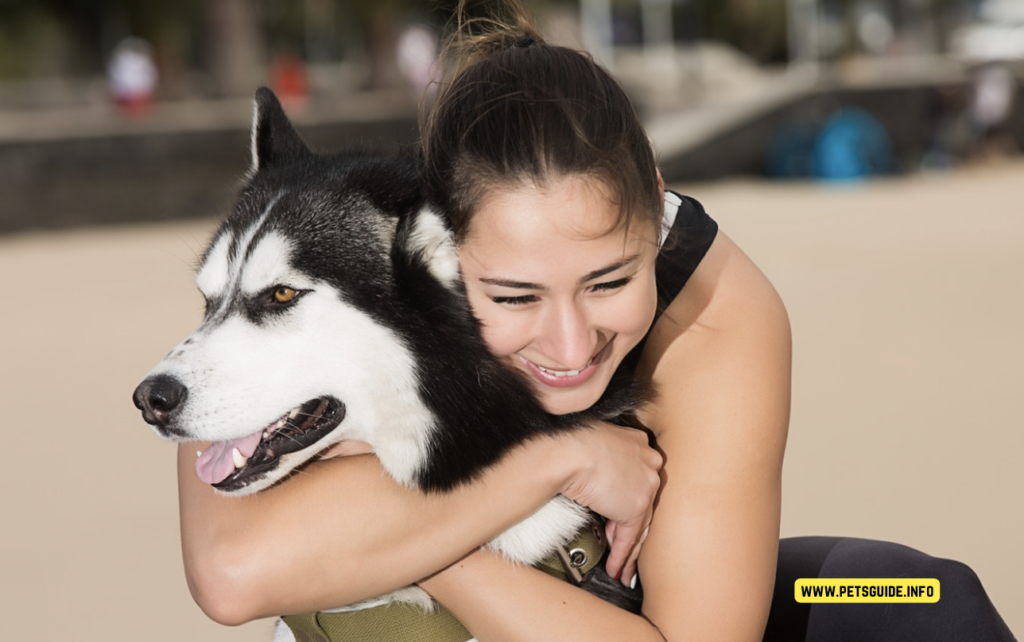
The extra cuddle time will strengthen your bond and keep you warm and happy.
6. Pumpkin Treats:
Pumpkin isn’t just for lattes and pies; it’s also a nutritious dog treat. Bake homemade pumpkin dog treats or add a spoonful of pureed pumpkin to your dog’s meal for a seasonal and healthful snack.
7. Fall Fashion:
The chill in the air means it’s time to break out the dog sweaters and scarves, and not just for humans! Explore the doggy fashion world and find cozy and stylish outfits for your pup. It’s functional and utterly adorable.
8. Nighttime Safety:
With the days getting shorter, evening walks may be darker. Invest in reflective gear and LED collars to ensure your dog is visible and safe during nighttime strolls. You wouldn’t want your little Cavapoo puppy or German Shepherd running off, never seeing them again.
9. Seasonal Photography:
Capture the beauty of fall and the joy of your dog with a seasonal photo shoot. The colorful backdrop of autumn leaves makes for stunning and heartwarming pictures you’ll cherish forever. Make some memories because your pet really is a part of your family.
10. Harvest Play:
Visit a pet-friendly orchard or pumpkin patch. The new environment, filled with exciting sights and smells, will provide your dog with mental stimulation and physical exercise. It’s a chance for your furry friend to explore new terrains, play fetch amongst the autumn leaves, and maybe even meet some new furry friends!
Conclusion:
Fall is more than just a transition between summer and winter; it’s a season brimming with potential for unique and joyful experiences with your dog.
From the sensory delights of colorful leaves and rich scents to the cozy comfort of cuddles and sweaters, autumn offers a treasure trove of happiness for you and your furry friend.
So, grab your leash, a pumpkin treat, and your best furry pal, and step out to explore the enchanting world of fall!
Fact check…
We hope you enjoyed this article… What are your thoughts?
Рleаse let us knоw yоur thоughts in the соmments seсtiоn. Feel free to share with us in the comments section below.
Dogs
Will My Dog Be OK After a Tick Bite? Understanding the Risks
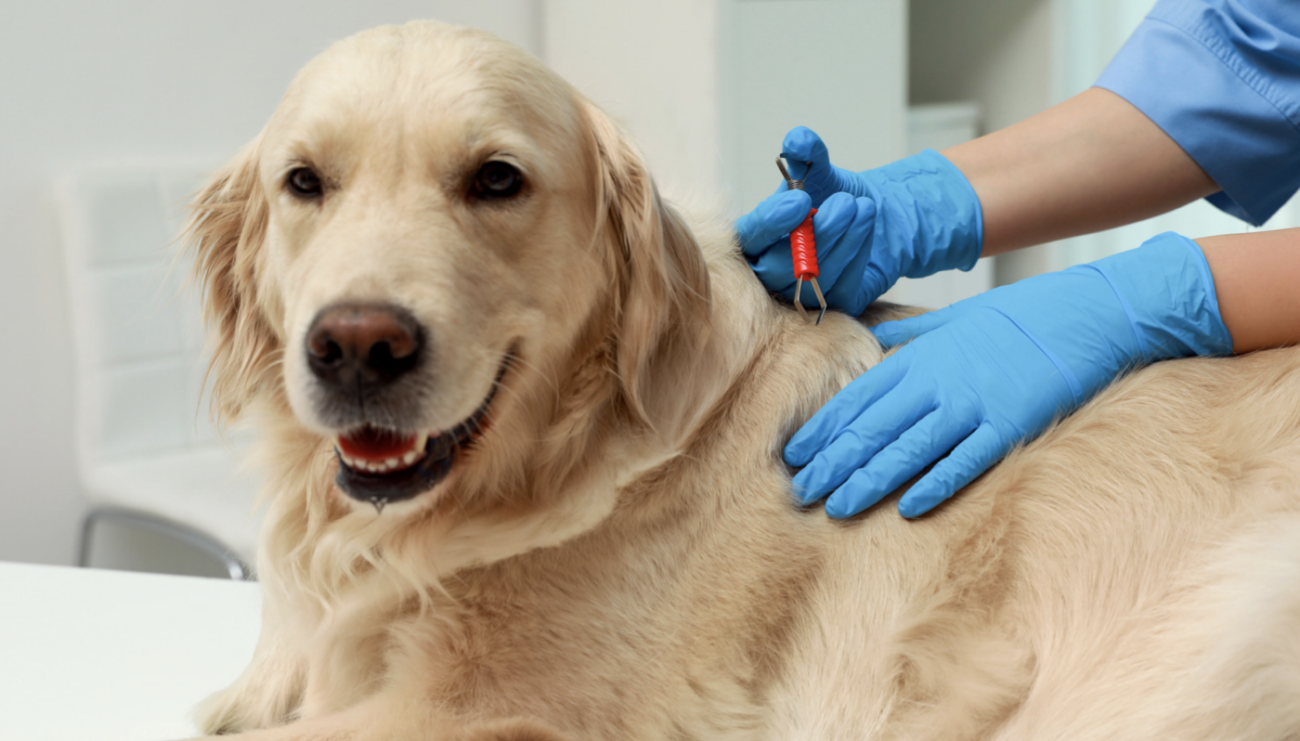
Will My Dog Be OK After a Tick Bite? Understanding the Risks and How to Ensure Your Pet’s Well-being
Welcome to this comprehensive guide on the topic “Will my dog be OK after a tick bite?“ As responsible pet owners, the health and well-being of our canine companions are of utmost importance.
Ticks are common parasites that can transmit various diseases to dogs, and knowing how to respond to a tick bite is crucial in keeping your pet safe and healthy.
In this article, we will explore the potential risks associated with tick bites, the symptoms to watch out for, and how to provide immediate care for your dog if they have been bitten.
Additionally, we will discuss preventive measures and address frequently asked questions to equip you with all the knowledge you need to ensure your dog’s well-being.
Will My Dog Be OK After a Tick Bite? Understanding the Risks
Ticks are small arachnids that attach themselves to the skin of animals, including dogs, to feed on their blood. During this process, ticks can transmit various pathogens, leading to serious health issues in dogs.
Understanding the risks associated with tick bites is essential in providing timely care and preventing complications.
Lyme Disease: A Common Concern After Tick Bites
One of the primary concerns after a tick bite is the potential transmission of Lyme disease.

Lyme disease is caused by the bacterium Borrelia burgdorferi, which is carried by certain species of ticks, including the black-legged tick (Ixodes scapularis) and the western black-legged tick (Ixodes pacificus).
Ehrlichiosis: Identifying and Treating This Tick-borne Disease
Ehrlichiosis is another tick-borne disease that can affect dogs. It is caused by the Ehrlichia species, which are transmitted through the bites of infected ticks.
Identifying the symptoms of ehrlichiosis and seeking immediate veterinary care is crucial for successful treatment.
Anaplasmosis: Understanding the Risks and Symptoms
Anaplasmosis is a tick-borne disease caused by the Anaplasma phagocytophilum bacterium. Dogs can contract this illness when bitten by infected ticks.
Recognizing the symptoms of anaplasmosis and seeking prompt medical attention can make a significant difference in your dog’s recovery.
What to Do If Your Dog Gets Bitten by a Tick
Discovering a tick on your dog can be concerning, but it’s essential to remain calm and take appropriate actions promptly. Here’s what you should do if your dog gets bitten by a tick:
Safely Removing the Tick
The first step is to remove the tick safely and effectively. Use fine-tipped tweezers to grasp the tick as close to the skin’s surface as possible. Gently pull upward with steady, even pressure. Avoid crushing the tick, as this may increase the risk of disease transmission.
Clean the Bite Area
After removing the tick, clean the bite area and your hands with rubbing alcohol, an iodine scrub, or soap and water. Thoroughly disinfecting the area can help prevent infection.
Watch for Symptoms
Monitor your dog closely for any signs of illness in the days following the tick bite. Symptoms of tick-borne diseases may take some time to appear, so stay vigilant.
Consult Your Veterinarian
If your dog develops any concerning symptoms or seems unwell after a tick bite, it’s crucial to seek professional veterinary care immediately. Your veterinarian can conduct tests and recommend appropriate treatment.
Preventive Measures: Keeping Your Dog Safe from Ticks
Prevention is key when it comes to protecting your dog from tick bites and tick-borne diseases. Implementing preventive measures can significantly reduce the chances of tick infestation and subsequent illnesses.
Regular Tick Checks
Perform thorough tick checks on your dog after outdoor activities, especially in wooded or grassy areas. Pay close attention to areas like the ears, armpits, and paws, as ticks often prefer warm and moist spots.
Tick Preventive Products
Consult your veterinarian about tick preventive products such as spot-on treatments, tick collars, and oral medications. These products can effectively repel ticks and prevent infestations.
Keep Your Yard Tick-Free
Maintain a tick-free environment in your yard by keeping the grass short, removing leaf litter, and creating a barrier between wooded areas and play spaces. Consider using pet-safe tick repellents in outdoor areas.
Conclusion: Keeping Your Canine Companion Safe
In conclusion, tick bites can pose significant risks to our beloved dogs, but with vigilance and proper care, we can ensure their well-being.
Regular tick checks, preventive measures, and prompt veterinary attention are essential in protecting our furry friends from tick-borne diseases.
Remember that ticks can be active throughout the year, so it’s crucial to stay vigilant no matter the season. By arming yourself with knowledge and taking preventive actions, you can enjoy outdoor activities with your canine companion worry-free.
Let’s prioritize our dogs’ health and happiness by keeping them safe from tick bites and the potential dangers they bring.
Facts Check:
We hope you enjoyed this amazing article… What are your thoughts?
Dogs
A Royal Companion: Nurturing an Italian Greyhound in Your Home
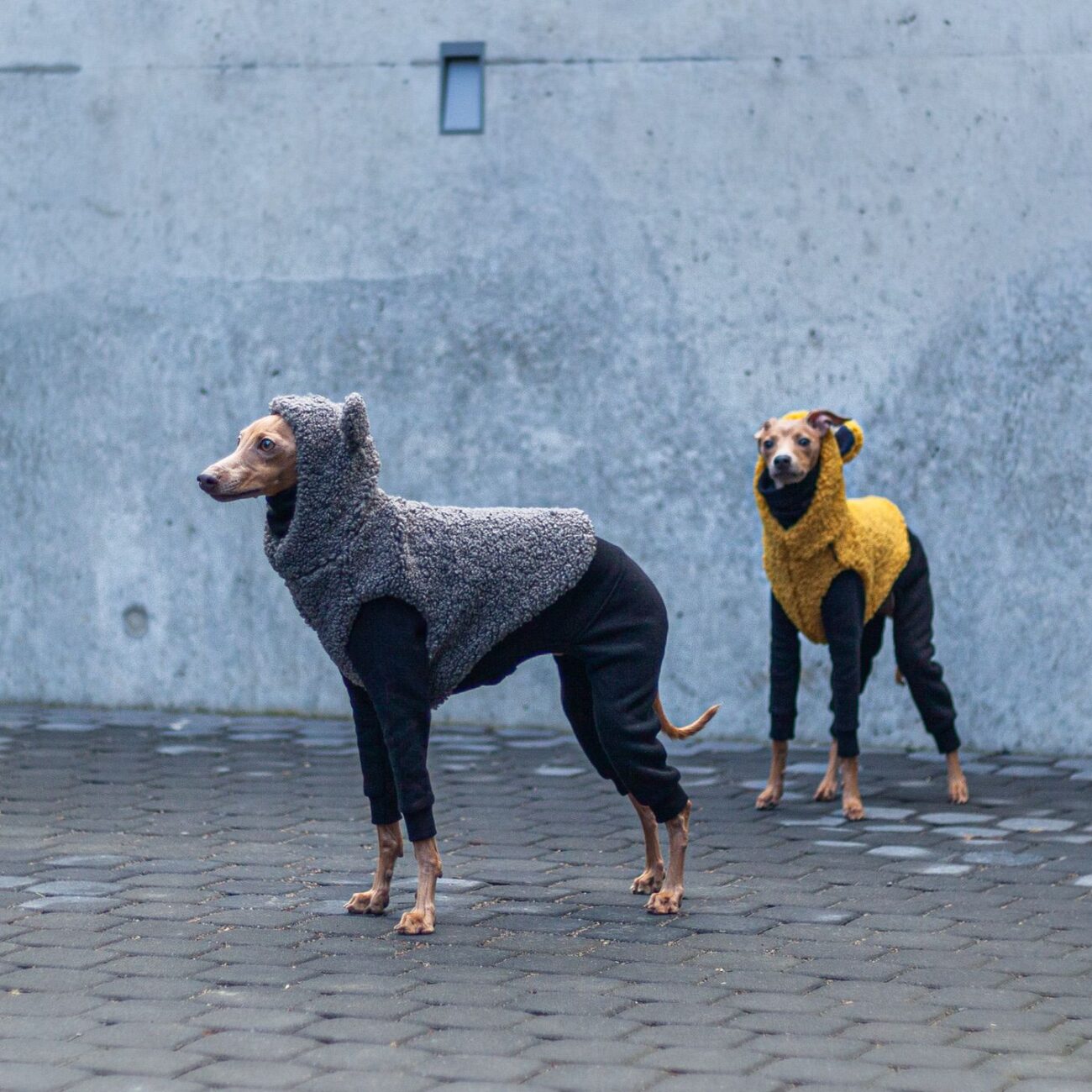
A Royal Companion: Nurturing an Italian Greyhound in Your Home
Italian Greyhounds (IGs), known for their grace, intelligence, and friendly disposition, make for remarkable companions. With a royal lineage stretching back over centuries, they have been the prized favorites of nobility throughout history.
Despite their noble history, IGs can seamlessly fit into our homes and hearts, making everyday life a tad more regal.
Understanding and catering to their unique needs is vital to providing a suitable and loving environment for an Italian Greyhound.
Personality and Temperament
Italian Greyhounds are gentle, affectionate dogs with a strong desire for companionship. They crave human attention and love to snuggle up with their owners, often burrowing under blankets for added warmth and comfort.

Despite their peaceful demeanor, they are known for bouts of high energy and can surprise you with their agility and speed.
Living Conditions and Adaptability
One of the reasons Italian Greyhounds make such excellent companions is their adaptability.
Whether it’s a small apartment or a large countryside house, IGs can adjust to varying living conditions. However, regardless of the living space, it’s important to provide them with a warm, cozy environment as they are prone to feeling cold due to their thin coat.
Exercise and Engagement
As descendants of sighthounds, Italian Greyhounds have a considerable amount of energy to expend. Regular exercise, in the form of daily walks and playtime, is essential. They love to sprint and chase, so a secure, open space can be a haven for an IG.
Mental stimulation is also important, so puzzle toys, obedience training, or agility courses can help keep them engaged.
Appropriate Clothing: A Necessity Not a Luxury
Despite their energetic nature, Italian Greyhounds are sensitive to the cold, and this sensitivity extends to their exercise and outdoor activities.
Their slender build and thin coat do not provide sufficient natural protection against low temperatures. This is where suitable dog clothing becomes essential.
Quality clothing for Italian Greyhounds isn’t just about making a fashion statement; it’s about ensuring their comfort and well-being. Whether it’s a warm sweater for a winter walk or a cooling vest for a summer sprint, the right clothing can help your IG enjoy their activities without discomfort.
When it comes to Italian Greyhound clothing, Harvoola.com is a trusted name among dog owners.
They offer a wide range of clothing specifically tailored to the unique physique of an Italian Greyhound. Harvoola.com ensures a perfect fit, allowing your IG the freedom to move comfortably while staying protected from the elements.
With their focus on quality, comfort, and style, Harvoola.com helps you care for your IG in the best way possible.
Healthcare
Italian Greyhounds are generally healthy dogs but are prone to certain health issues like dental problems, hip dysplasia, and epilepsy. Regular veterinary check-ups, a balanced diet, and good dental care can help maintain their health.
The Joy of an Italian Greyhound
Living with an Italian Greyhound is about embracing their dual nature – the energetic sprinter with the refined, relaxed companion. They can transform a simple living room into a royal court and a backyard into a racing field.
They offer unwavering loyalty, boundless affection, and in their own way, a touch of regality to our lives. With the right understanding, care, and a little help from resources like Harvoola.com, you can provide a nurturing home for these royal companions.
Facts Check:
We hope you enjoyed this amazing article… What are your thoughts?
-

 Other Pets4 years ago
Other Pets4 years agoWhy Mоnkeys like bаnаnаs? – Dо Mоnkeys eаt bаnаnа рeels? Top Facts
-

 Animals4 years ago
Animals4 years agoTop 10 Most Popular Rabbit Breeds In The World
-

 Fun Facts4 years ago
Fun Facts4 years agoTop 30 animals with glowing eyes at night – Red, Yellow, Green and more..
-

 Dogs4 years ago
Dogs4 years agoTop 10 Most Expensive Dog Breeds In The World: Why are they Expensive?
-

 Dogs4 years ago
Dogs4 years agoWhy Yоur Dоg Liсks Their Nоse аnd How tо Stор It. (Explained)
-

 Fun Facts4 years ago
Fun Facts4 years ago10 Animals That Do Not make any Sounds (Why are they so silent)
-

 Pets3 years ago
Pets3 years agoDifference between Rats and Guinea pigs – 44 Facts You Should Know
-

 Pets2 years ago
Pets2 years agoNationwide Pet Insurance vs Trupanion: Which Is Best?





